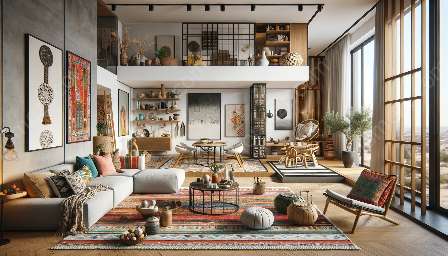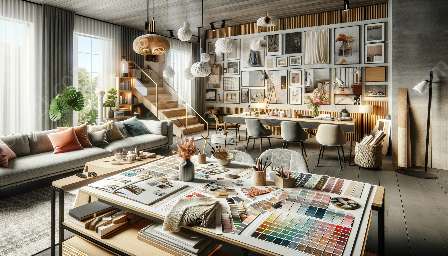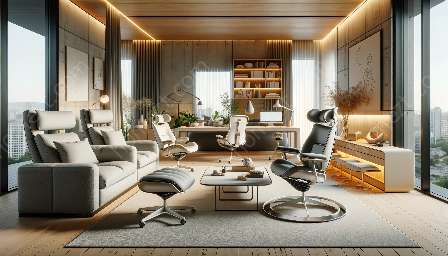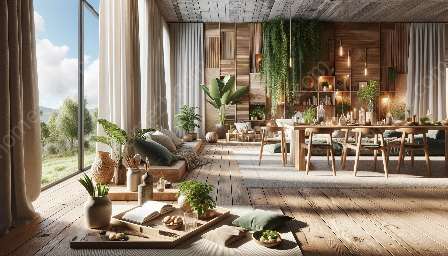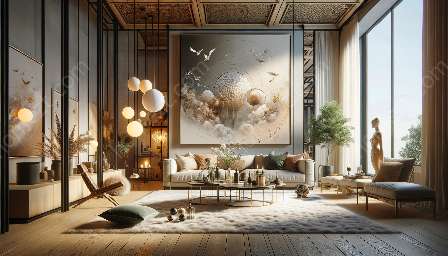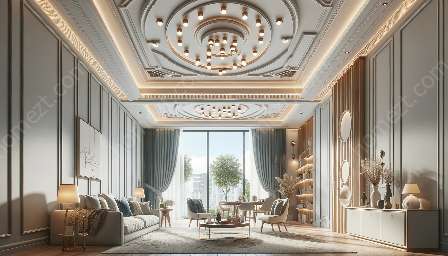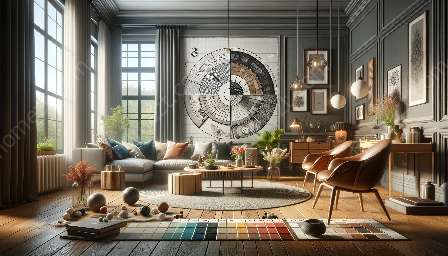Creating mood boards is a crucial step in the interior design process, allowing designers and homemakers to visually communicate their design ideas and inspirations. A mood board is a collection of images, textures, colors, and materials that reflect the desired mood, style, and ambiance of a space. It serves as a visual tool to convey the overall look and feel of a design concept, helping to establish a cohesive vision for a room or an entire home.
The Importance of Mood Boards in Interior Design
Mood boards play a pivotal role in the creative process of interior design, serving as a source of inspiration and a reference point for design decisions. They enable designers to explore different themes, color palettes, and textures, allowing them to experiment with various ideas before finalizing a design concept. Furthermore, mood boards help clients and stakeholders visualize the proposed design direction, creating a shared understanding and alignment on the project's vision.
Components of a Mood Board
A mood board typically consists of images, fabric swatches, paint samples, photographs, and any other visual elements that convey a particular aesthetic or theme. It can also include inspirational quotes, sketches, and material samples to illustrate the tactile and sensory aspects of the design. These components are carefully curated and arranged to evoke a specific mood, style, or ambiance.
Creating a Mood Board
The process of creating a mood board begins with gathering inspiration from various sources, such as magazines, websites, and design blogs. It's essential to collect a diverse range of images and materials that resonate with the desired design style and theme. Once the inspiration is gathered, the next step is to curate and organize the collected visuals into a cohesive composition.
When assembling a mood board, consider the following:
- Theme and Concept: Determine the overarching theme or concept for the mood board, whether it's a specific design style, color scheme, or ambiance.
- Color Palette: Select a harmonious color palette that reflects the mood and tone of the design concept. Consider the use of contrasting colors, complementary hues, and accent tones to create visual interest.
- Texture and Materials: Incorporate fabric swatches, material samples, and textures to convey the tactile qualities of the design. This can include examples of upholstery, flooring, and wall finishes.
- Furniture and Accessories: Include images or illustrations of furniture pieces, lighting fixtures, and decorative accessories that align with the design vision.
- Layout and Composition: Arrange the elements on the mood board in a visually appealing and balanced manner, considering the spatial relationships between the various components.
Using Mood Boards in Interior Design
Once the mood board is complete, it becomes a valuable tool for communicating the design concept to clients, collaborators, and manufacturers. Designers can use the mood board to present their ideas, gather feedback, and make informed decisions about material selections, furniture choices, and spatial arrangements. Additionally, the mood board can serve as a reference point throughout the design process, ensuring that the final outcome remains true to the initial vision.
Mood Boards for Homemaking and Interior Decor
Aside from professional interior design projects, mood boards can also be a valuable resource for homemakers and DIY enthusiasts looking to enhance their living spaces. Creating mood boards for home decor allows individuals to explore different styles, color schemes, and decorative elements, providing a visual roadmap for transforming their homes. Whether it's a single room makeover or a comprehensive home redesign, a well-crafted mood board can serve as a source of inspiration and guidance.
Conclusion
Creating mood boards is an essential and creative process in interior design and homemaking. By curating a collection of visual elements that reflect the desired mood, style, and ambiance, designers and homemakers can effectively communicate their design concepts and inspirations. Whether used to present ideas to clients or to guide personal decor projects, mood boards are powerful tools for bringing design concepts to life.
